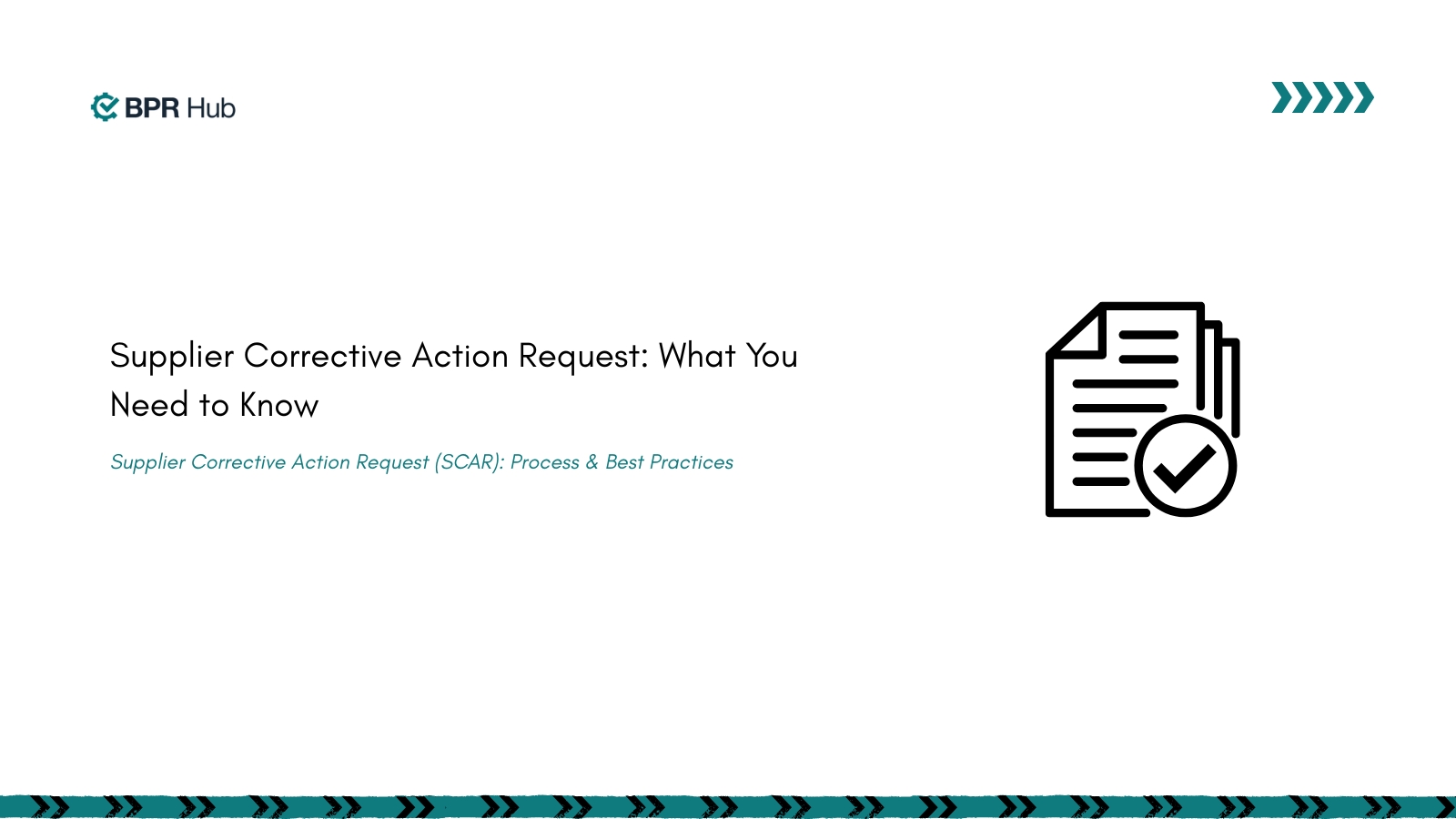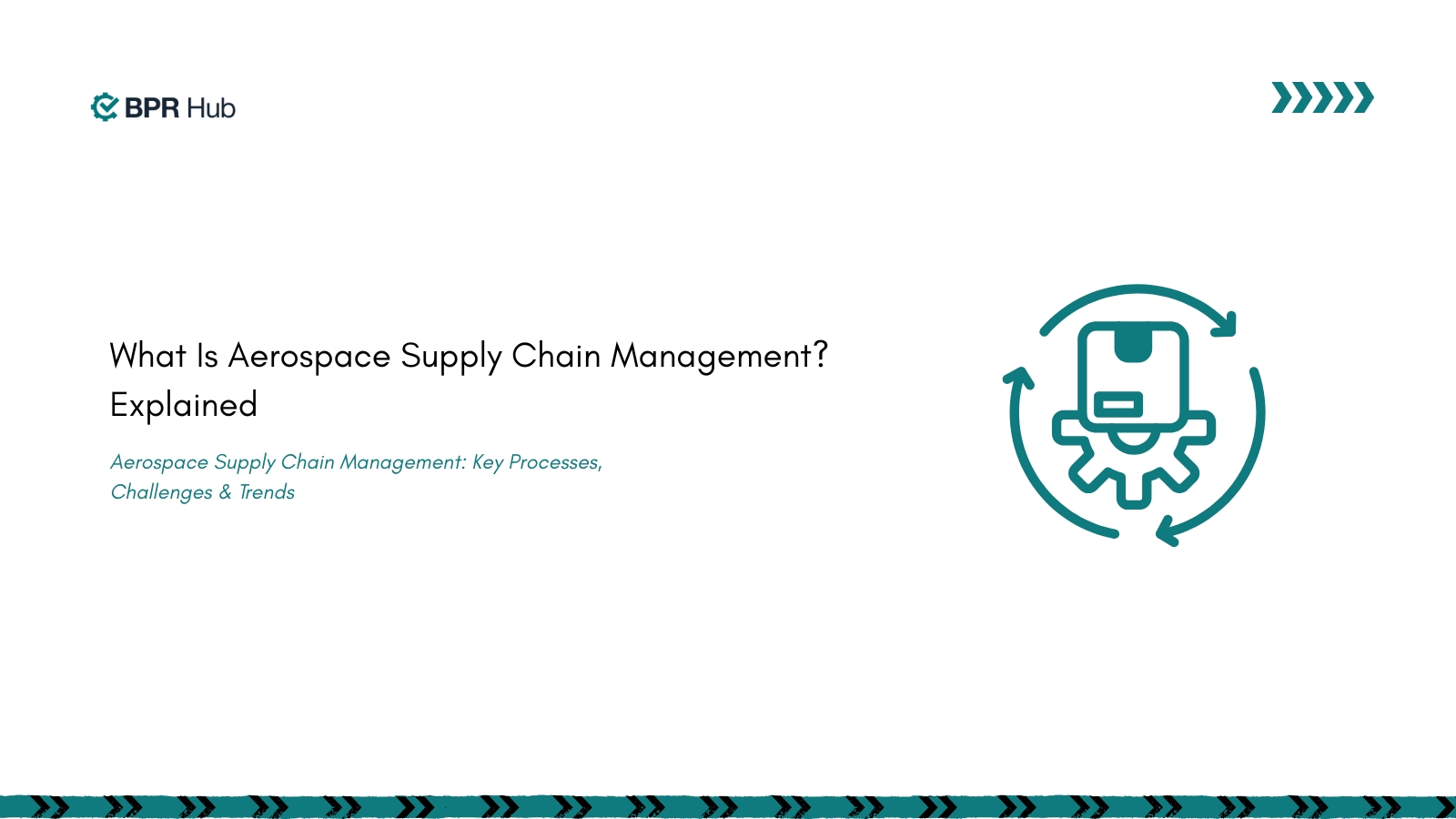Manufacturing operations today face unprecedented challenges in managing complex supplier networks while maintaining the highest quality standards. Manual supplier quality processes that once served organizations well are now becoming unsustainable bottlenecks, creating risks that cascade throughout entire supply chains. According to Future Market Insight, the global supplier quality management applications market is experiencing explosive growth, projected to reach USD 38.08 billion by 2035 from USD 14.06 billion in 2025, representing a robust 10.5% CAGR.
This transformation is driven by five critical trends that are reshaping how manufacturers approach SQM trends 2025. From AI-powered risk assessment to real-time compliance monitoring, these innovations solve fundamental pain points that have plagued procurement and quality teams. Organizations implementing these advanced supplier quality management approaches are reporting significant improvements in audit preparation efficiency, risk detection accuracy, and overall supply chain resilience.
For manufacturers seeking to stay competitive in an increasingly complex regulatory environment, understanding and adopting these emerging trends isn't optional, it's essential for survival and growth in the future of supplier quality management. Whether you're maintaining ISO 9001 certification or implementing comprehensive quality management systems, these trends define competitive advantage in 2025.
How AI is Transforming Supplier Quality Management for Manufacturers
Artificial intelligence is revolutionizing supplier quality management by introducing unprecedented levels of automation and predictive capability. Manufacturing organizations are leveraging AI-powered solutions to transform reactive quality processes into proactive risk management systems that identify and address issues before they impact production.
AI-powered supplier risk assessment represents one of the most significant breakthroughs in modern quality management. AI agents can scan supplier data, including delivery history, audit findings, and defect trends, to flag emerging risks before they escalate into costly disruptions. These systems utilize pattern recognition technology to identify recurring problems across suppliers, parts, and product lines, even when they're not labeled the same way in different databases.
Predictive quality analytics is enabling manufacturers to forecast which suppliers are most likely to face quality issues based on historical and real-time performance data. Industry reports indicate that AI implementation delivers significant automation benefits, with organizations reporting substantial reductions in manual tracking time and improved compliance monitoring accuracy.
Automated compliance monitoring streamlines the traditionally manual process of tracking regulatory adherence. AI systems automatically scan certificate metadata, predict expirations, and send escalating reminders. Natural language processing instantly detects concerning responses in supplier questionnaires, flagging answers like "preventive maintenance is informal" that human reviewers might overlook.
The implementation of AI in supplier quality management is delivering measurable business impact. According to StartUs Insights, real-time anomaly detection in manufacturing processes is projected to reduce defects by 30% in 2025, while AI-driven analytics help organizations achieve proactive supplier management rather than reactive problem-solving.
Why Real-Time Supplier Performance Monitoring Matters More Than Ever
The shift toward real-time supplier performance monitoring represents a fundamental change in how manufacturers manage quality across their supply networks. Traditional quarterly reviews and annual assessments are no longer sufficient for identifying risks that can emerge and escalate within days or weeks in today's volatile manufacturing environment.
Live compliance tracking across multiple standards enables quality teams to monitor supplier adherence to ISO 9001, AS9100, IATF 16949, and other critical certifications simultaneously. Real-time monitoring systems provide instant notifications for non-compliance, quality deviations, or delays, enabling faster resolution of potential risks and preventing disruptions before they impact production schedules.
Immediate visibility into supplier issues transforms quality management from a reactive discipline to a proactive strategic function. Manufacturing organizations using real-time dashboards can spot trends and identify areas for improvement instantly, rather than waiting for formal review cycles.
Proactive risk mitigation strategies become possible when quality teams have access to live supplier performance data. According to ProQsmart, companies typically spend a lot for each supply chain disruption, making consistent real-time monitoring a critical investment.
What Digital Supplier Scorecards Can Do for Your Quality Management
Digital supplier scorecards are transforming traditional supplier evaluation from periodic administrative tasks into continuous strategic tools that drive supplier performance and collaboration. Modern scorecard systems leverage automation and real-time data integration to provide manufacturers with comprehensive visibility into supplier performance across all critical metrics.
Standardized performance metrics across all suppliers ensure consistency and fairness in supplier evaluation processes. Well-constructed supplier scorecards provide data-driven insights rather than relying on guesswork or gut feelings, enabling procurement teams to make evidence-based decisions about supplier relationships, contract renewals, and resource allocation.
Automated data collection and reporting eliminate the manual effort traditionally required to compile supplier performance information. Modern systems automatically gather and verify data upon entry, with advanced platforms reducing entry errors by as much as 30-90% while ensuring scorecards never contain outdated information.
Integration with existing quality systems enables seamless data flow between ERP systems, purchase order updates, and supplier interactions. When scorecards are embedded directly into supplier profiles, sourcing events, and contract records, every decision becomes guided by current performance data.

How to Implement Risk-Based Supplier Assessment in Your Operations
Risk-based supplier assessment represents a strategic approach to supplier quality management that prioritizes resources and attention based on the actual risk profile of each supplier relationship. This methodology enables manufacturers to focus their quality oversight efforts where they can have the greatest impact on operational success and regulatory compliance.
Tiered supplier classification systems form the foundation of effective risk-based assessment. Manufacturers categorize suppliers into distinct tiers based on factors including criticality of supplied components, regulatory requirements, historical performance, and financial stability. High-risk suppliers supplying critical components receive intensive monitoring and frequent audits, while low-risk suppliers with proven track records require less frequent oversight.
Automated risk scoring algorithms continuously evaluate supplier performance using multiple data streams to calculate real-time risk scores. AI systems can flag potential supplier delays weeks in advance, allowing procurement teams to shift sourcing and avoid costly disruptions.
Why Multi-Standard Compliance Management is Critical for Supplier Networks
Managing compliance across multiple quality standards simultaneously has become essential for manufacturers operating in today's complex regulatory environment. Organizations must often maintain adherence to ISO 9001, AS9100, IATF 16949, and industry-specific requirements while ensuring their supplier networks meet the same rigorous standards.
Managing ISO, AS9100, and IATF 16949 simultaneously presents unique challenges that require sophisticated coordination and documentation systems. While these standards share common foundations, each includes specific requirements that must be addressed individually. IATF 16949, for example, must be implemented as an extension of ISO 9001:2015, while AS9100 includes aerospace-specific requirements.
Unified compliance dashboards provide quality teams with centralized visibility into compliance status across all applicable standards. These systems track certification expiration dates, audit schedules, corrective action progress, and compliance gaps in a single interface, eliminating the need to manage separate systems for each standard.
What Automated Supplier Audit Processes Look Like in Practice
Automated supplier audit processes are transforming how manufacturers conduct, document, and follow up on supplier assessments. These systems leverage digital technology to streamline traditionally manual and time-intensive audit activities while improving consistency, accuracy, and compliance tracking.
Digital audit trails and documentation replace paper-based systems with comprehensive electronic records that automatically capture every aspect of the audit process. Modern audit platforms create permanent, searchable records of audit findings, corrective actions, and supplier responses.
Automated CAPA management streamlines the corrective and preventive action process that traditionally required extensive manual coordination. AI-driven automation takes over mundane, repetitive tasks while enabling quality leaders to focus on higher-level strategic activities.
Streamlined audit preparation reduces the administrative burden associated with supplier audits through automated data collection and analysis. Pre-audit systems automatically compile supplier performance data, compliance documentation, previous audit findings, and corrective action status.
How to Build Scalable Supplier Quality Systems for Growing Companies
Scalable supplier quality management systems enable growing manufacturers to expand their supplier networks while maintaining consistent quality standards and regulatory compliance. These systems must accommodate increasing supplier volumes, expanding geographic reach, and evolving regulatory requirements without proportional increases in administrative overhead.
Cloud-based platforms for multi-site operations provide the technological foundation for scalable supplier quality systems. According to Future Market Insights, the cloud segment of the quality management system market is anticipated to grow with a CAGR of 11% from 2025 to 2030, reflecting increasing demand for flexibility, scalability, and cost-efficiency.
Standardized processes across locations ensure consistency in supplier evaluation, monitoring, and improvement activities regardless of geographic location. Scalable systems enforce standard operating procedures, evaluation criteria, and documentation requirements across all sites.
Growth-ready infrastructure anticipates future expansion by implementing systems that can accommodate increasing supplier volumes without requiring fundamental architectural changes. Modern supplier quality platforms scale automatically to handle additional suppliers, users, and data volumes while maintaining performance standards.
How BPRHub Helps Transform Your Supplier Quality Management
With BPRHub, organisations gain a purpose-built platform for supplier quality management that integrates quality, compliance, and governance into a single system. Key ways BPRHub helps you excel include:
Centralised Supplier Quality Oversight: BPRHub brings all your supplier-related quality and compliance data into one portal, replacing spreadsheets, disconnected tools, and fragmented workflows.
Unified Compliance Across Standards: Whether you’re dealing with ISO 9001, AS9100, IATF 16949, or other industry-specific standards, BPRHub enables you to manage them within one framework, mapping clauses, re-using evidence, and staying audit-ready at all times.
Real-Time Performance Monitoring & Predictive Insights: Live dashboards track supplier performance metrics (defects, deliveries, audit outcomes) and trigger alerts when indicators trend unfavourably. AI and analytics help identify issues before they impact production.
Automated Audits, CAPA & Supplier Scorecards: BPRHub streamlines audit planning, execution, corrective action management, and performance scorecarding for your supplier base. This removes manual bottlenecks and ensures systematic supplier evaluation and improvement.
Scalable Cloud-First Architecture: Built for manufacturers of all sizes, BPRHub’s cloud platform supports growing supplier networks, multiple sites, and evolving regulatory and quality demands without exploding administrative burden.
Supplier Collaboration & Shared Visibility: The platform offers portals for supplier access to their performance data, scorecards, and quality requirements, enabling transparent, value-adding relationships rather than adversarial oversight.
By leveraging BPRHub, you turn your supplier network from a risk zone into a strategic strength, reducing defects, accelerating audit readiness, improving supplier performance, and freeing your quality team to focus on strategic improvement rather than fire-fighting.
BPRHub's expertise extends to ISO 9001 quality management systems, multi-standard implementation strategies, and risk-based approach development that align with emerging trends in supplier quality management.
Start your supplier quality transformation with BPRHub.
📍 Book a Demo
📧 hello@bprhub.com
Key Takeaways
→ Implement AI-powered automation immediately to significantly improve compliance monitoring and risk detection accuracy while reducing manual tracking effort
→ Deploy real-time monitoring systems to gain instant visibility into supplier compliance issues and enable proactive risk mitigation before disruptions impact production
→ Establish digital supplier scorecards with automated data collection and standardized metrics to transform supplier evaluation from periodic reviews into continuous strategic tools
→ Adopt risk-based assessment methodologies to optimize resource allocation by focusing intensive oversight on high-risk suppliers while maintaining appropriate monitoring of proven performers
→ Integrate multi-standard compliance management to streamline audit processes across ISO 9001, AS9100, IATF 16949, and industry-specific requirements through unified dashboards
→ Build scalable cloud-based infrastructure that can accommodate supplier network growth while maintaining consistent quality standards and regulatory compliance
Frequently Asked Questions
What are the main benefits of implementing AI in supplier quality management?
AI implementation delivers three primary benefits: automated risk detection that identifies potential supplier issues before they impact production, predictive analytics that forecast supplier performance based on historical patterns, and process automation that significantly reduces manual audit preparation time while improving certificate-related compliance monitoring. Organizations also benefit from enhanced risk assessment capabilities that support proactive quality management.
How does real-time supplier monitoring differ from traditional quarterly reviews?
Real-time monitoring provides continuous visibility into supplier performance through live dashboards and automated alerts, enabling immediate response to quality issues or compliance deviations. Traditional quarterly reviews only capture periodic snapshots, often missing critical issues that emerge between formal review cycles.
What standards should be included in multi-standard compliance management?
Most manufacturers need to manage ISO 9001 as the foundation standard, plus industry-specific requirements such as AS9100 for aerospace, IATF 16949 for automotive, or ISO 13485 for medical devices. Additional standards may include ISO 14001 for environmental management and ISO 45001 for occupational safety, depending on customer requirements and regulatory obligations.
How do digital supplier scorecards improve supplier relationships?
Digital scorecards provide transparency by giving suppliers real-time access to their performance data and clear visibility into evaluation criteria. This transparency enables suppliers to proactively address performance gaps while fostering collaborative improvement efforts. Automated data collection ensures fairness and consistency in evaluations, strengthening trust between manufacturers and their supplier partners while supporting effective quality management systems.
What technology infrastructure is needed for scalable supplier quality systems?
Scalable systems require cloud-based platforms that integrate with existing ERP and procurement systems, automated data collection capabilities, real-time analytics and reporting tools, and mobile access for audit teams. The infrastructure must support multiple users, locations, and growing supplier volumes.
How can small manufacturers implement these advanced supplier quality trends?
Small manufacturers should start with cloud-based supplier quality platforms that require minimal IT infrastructure investment, focus on automating their most time-intensive manual processes first, and leverage consultant expertise to ensure proper system configuration for maximum return on investment.
Get insights that help you minimize risks and maximize profits.
Dive deeper into manufacturing compliance with our free resources.
We get it, compliance can get tough.
Here are some additional resources to help.
We get it, compliance can get tough. Here are some additional resources to help.
Get updates in your inbox

.svg)
%20(1).svg)





%20(1).svg)

.avif)

